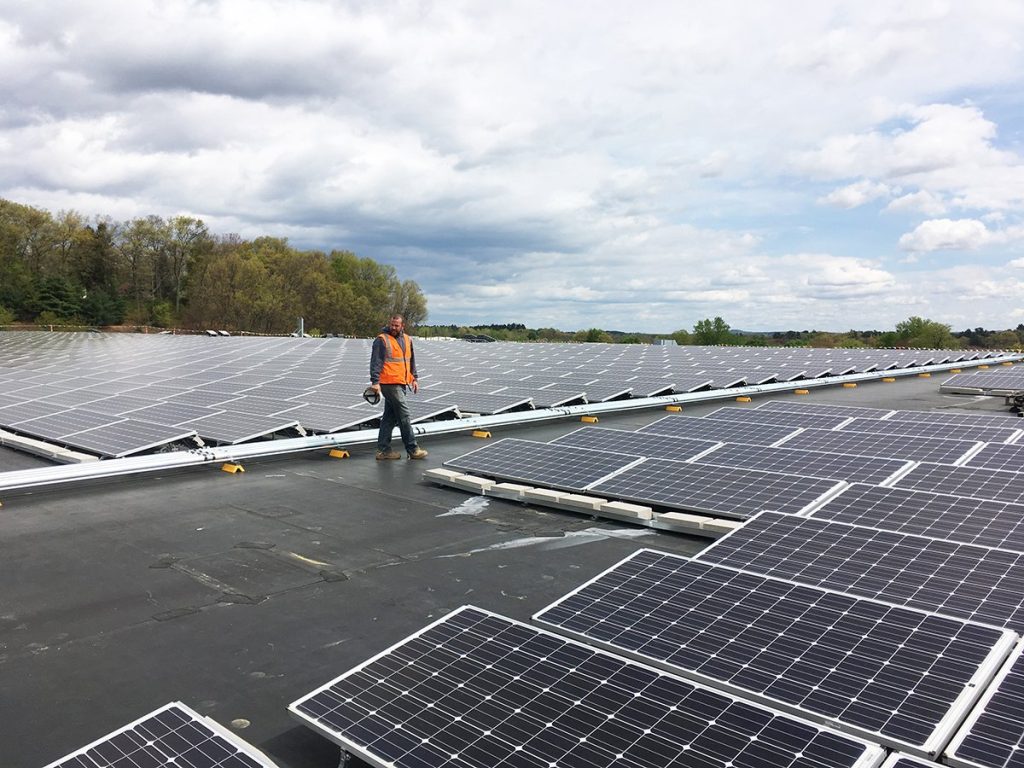Solar power and battery energy storage systems are key components of bulk electrical system design and play a significant role in optimizing energy supply and ensuring stability. Performance and financial modelling are essential in determining the feasibility, efficiency, and financial benefits of integrating these technologies.

The combination of solar power and battery energy storage in a microgrid offers several benefits, including reduced dependence on fossil fuels, integration of renewable energy sources, grid stability, and potential cost savings.
Through performance and financial modelling, the design and optimization of these systems can be carried out to maximize their efficiency and economic viability, contributing to the project’s overall success.
2401 Bristol Cicicle Suite 103,
Oakville ON Canada, L6H 5S9
Tel: 647-797-7926
525 N. Tyron Street, Suite 1600
Charlotte,NC, USA 28202
Rua Olimpiadas 205-4 Andar
Sao Paulo, Brazil
CANADIAN POWER ENGINEERS IS A DIVISION OF PHOVENTUS INC.
COPYRIGHT © 2021 | PHOVENTUS INC. ALL RIGHTS RESERVED
